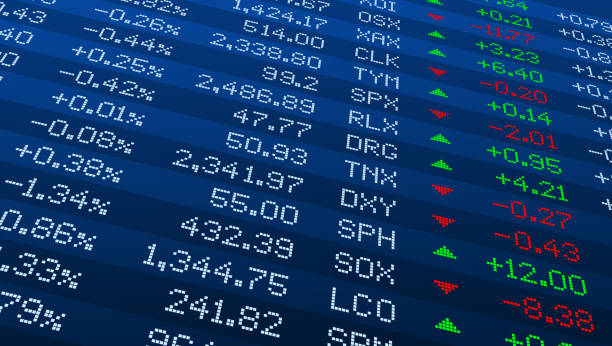
In the first half of 2023, the world’s central banks are at the end of rate hike cycles, leading to a weakened U.S. dollar. The banking crisis threatened to collapse financial markets and still influences them, shaping winning investment strategies.
The OctaFX experts identified several trends that will drive the financial markets in the second half 2023. High inflation in early 2023 forced central banks worldwide to increase interest rates. This significantly impacted the financial sector, with many regional banks facing the risk of bankruptcy or going bankrupt.
The demand for AI (artificial intelligence) technologies drove growth in capital markets. Having a clearer picture of the peak rates, investors can now consider investment options most likely to bring them profits in the second half of 2023.
Inflation eases as central banks adopt a dovish stance
Capital flows between markets are influenced by the economic cycle in developed and emerging markets. To determine the stage the world economy is in currently, it’s important to consider inflation and interest rates.
Consumer inflation data indicates that the inflationary shock experienced in early 2021 subsided by the end of 2022, and global inflation is currently declining.
With declining inflation expectations, central banks are pausing rate hikes. This suggests that the global economy is ready for solid growth and is in the early cycle phase. What types of assets might present significant investment opportunities?
1/ Government and corporate bonds offer an opportunity for higher returns compared to the market for the next 3 – 5 years.
2/ The euro and Japanese yen are gaining strength as the U.S. Fed ends its rate hike cycle and other countries continue to tighten their monetary policies.
3/ Gold is expected to strengthen due to a weakening U.S. dollar.
The early business cycle phase presents an opportunity for REITs
The early phase of the business cycle presents an opportunity for real estate investment trusts (REITs). The business cycle precedes the economic cycle as investors seek to anticipate future trends. During the early phase of the business cycle, growth stocks tend to outperform the overall market.
Investors might want to look for stocks with a high beta, indicating their sensitivity to market growth. Each stage of the business cycle has its own winners and losers.
The early phase, which typically lasts about a year, is characterised by significant market growth of around 20%. Financial institutions benefit from low rates and increased lending, while the production and sales of consumer discretionary and durable goods experience active growth.
Three sectors to watch for significant growth are Real Estate, Financials, and Consumer Discretionary. Information Technology, Industrials, and Materials sectors are expected to perform well as the economy recovers. However, Energy and Utilities sectors show notable negative trends, lagging behind the market.
Each market in detail
The Real Estate sector has experienced a decline of 18.5% over the past 12 months. However, this sector is currently undervalued, showing signs of consolidation and readiness for future growth.
Financials, represented by investment and commercial banks, also have some upside potential, considering that the impact of the past banking crisis has already been priced in.
The IT sector has been outperforming the market since the beginning of the year, and the window of opportunity may have passed. Nevertheless, forecasts indicate a 30% growth potential in the next 2 – 3 years due to increased demand for artificial intelligence technologies.
Industrials и Basic Materials have already begun to show growth because of the shortage of rare earth metals and related raw materials that started about a year ago. It is now more difficult to find raw material assets that have not grown in price yet.
The Energy sector appears overheated, with oil prices surging from 20 USD to 120 USD over the past two years. Currently, oil prices are declining along with coal and gas.
Investment opportunities for this sector appear to be exhausted. ‘In the second half of 2023, investors should consider the expected decline in inflation and interest rates, which will likely weaken the dollar and strengthen gold.
In the stock market, growth stocks with a positive beta might be attractive, particularly in the Real Estate and Technology sectors, offering significant potential. On the other hand, the Energy and Utilities sectors seem to be the least favourable for investments,’ said Kar Yong Ang, the OctaFX financial market analyst.








